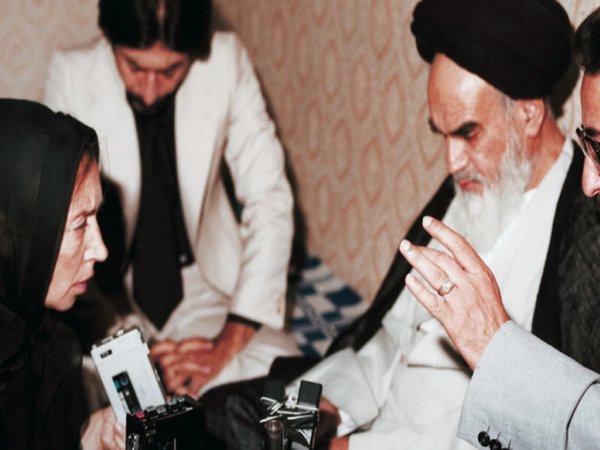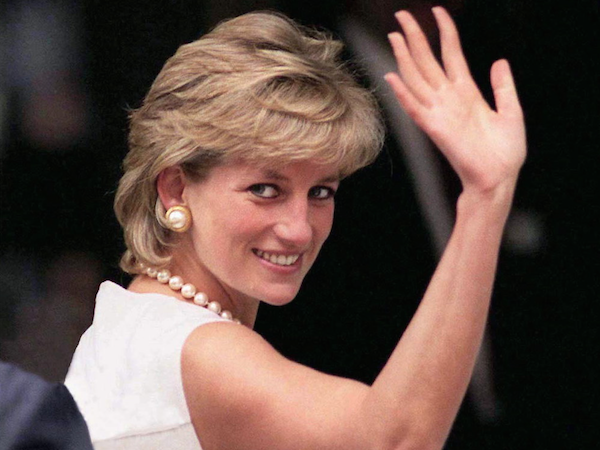Orders for chai tea lattes spiked last week.
We usually go through a bottle of our concentrated Phoenix Organics Chai a day, yet we were averaging two by Friday’s end.
Why? I blame The Age, to be specific, the culprit was Epicure.
Waiting for my strong soy latte at my local, I grabbed the token newspaper sitting on the bar and flipped through the food section. In the middle of the publication were two pages devoted to the delights of chai.
Thinking nothing of it I went on my merry caffeinated way. Then boom, word had spread, every other Tom, Dick and Harry were ordering a ‘chai tea latte’. Chai means tea in Hindi, making for a rather redundant ordering process.
You need to drink at least three chai lattes in order to reach the same caffeinated level as a shot of espresso, a filling experience that warrants palette satisfaction yet little for a buzzing reward. When most of my customers switched to tea, I was taken aback.
As the orders grew to mass my boss shook his head in amazement and after the tenth request for a ‘soy chai latte’ I remembered the article. So I interrogated my customers.
‘Did you happen to read Epicure last week,’ I asked Luke, a consistent soy long macchiato drinker.
‘Actually yes, I did, why?’ Luke said, surprised that I could speak and steam simultaneously.
‘Read an article about chai?’ I asked in a rather sarcastic fashion assuming he would know where I was going.
‘Yeah, good article, made me want a chai.’ And so were the rest of the responses I gathered from my pseudo-vox pop where no customer seemed to make a connection.
Chai, the infusion of cinnamon, ginger, star anise, pepper, cloves and cardamom, is a delicious drink that I indulge in nightly with a little honey and sometimes a sprinkle of cinnamon.
It has gathered a following over the years and is mostly listed to order on any Melbourne café menu. The method, however, tends to vary.
I have worked in an assortment of cafés that all seem to believe that their chai tea latte is the best chai latte in Melbourne.
I have steamed milk with fresh chai sitting at the bottom of the milk jug then strained it into a cup. I’ve used a pot with hot milk, chai leaves sitting within and condiments on the side to let customers deal with the rest of the process.
Now, I use a concentrate which keeps the flavour yet does the authenticity no justice. Our concentrate is a Western alternative, an easy way of dealing with the complexities of its flavour.
However, it is the drink of choice at the moment as it perpetuates consumer contribution, where they decide how much honey and cinnamon makes their individual beverage.
Most Melbourne cafés have seen the popularity of chai rise and have taken to out besting one another through the manner of which it’s served, some of them have got it down.
The Indian method, of which it originates, is to simmer the tea and spices in a saucepan with milk, it seems that most cafés have figured this out.
Like my customers, I go with the trend, which is steamed milk over chai tea leaves served with honey and cinnamon on the side with a straining device.
Whether or not print had anything to do with the surge of chai tea latte requests, my vox pop offered me no conclusions other than the fact that most of the chai orders were on the heels of a browse through Epicure.
Meghan Lodwick is a Master of Global Communications student at La Trobe University. This was originally published at her blog, For the Love of Beans!






